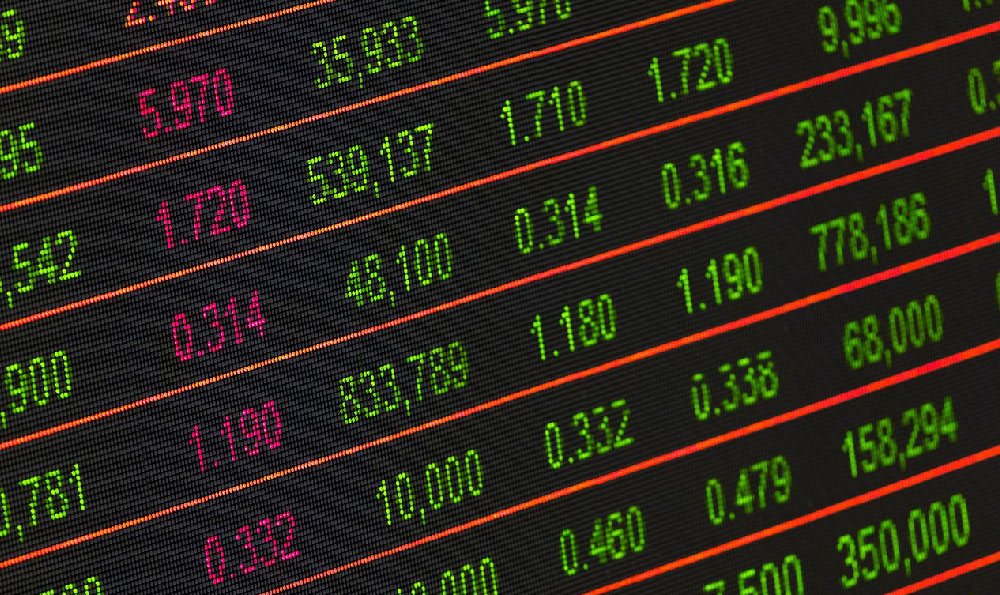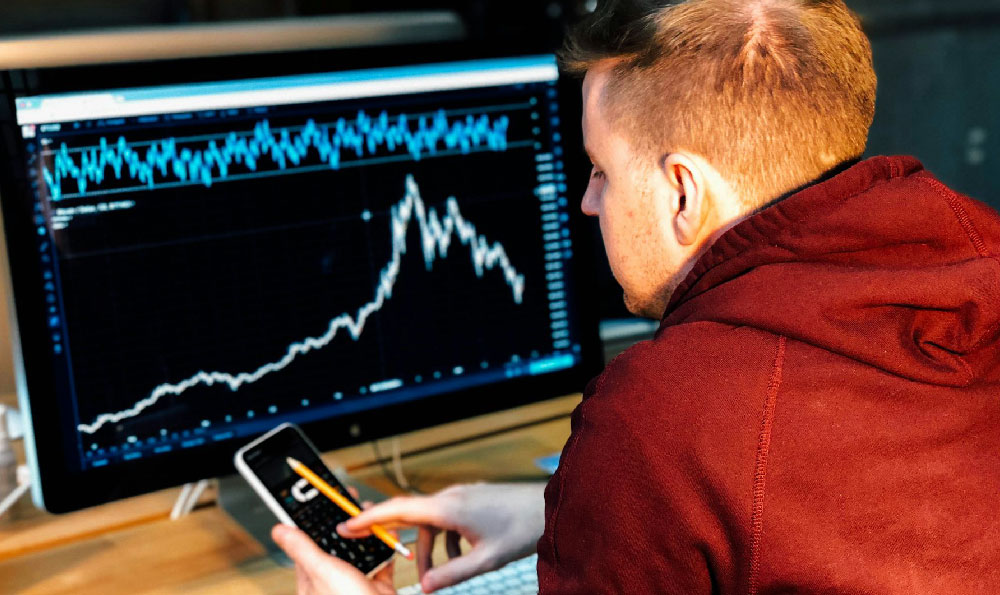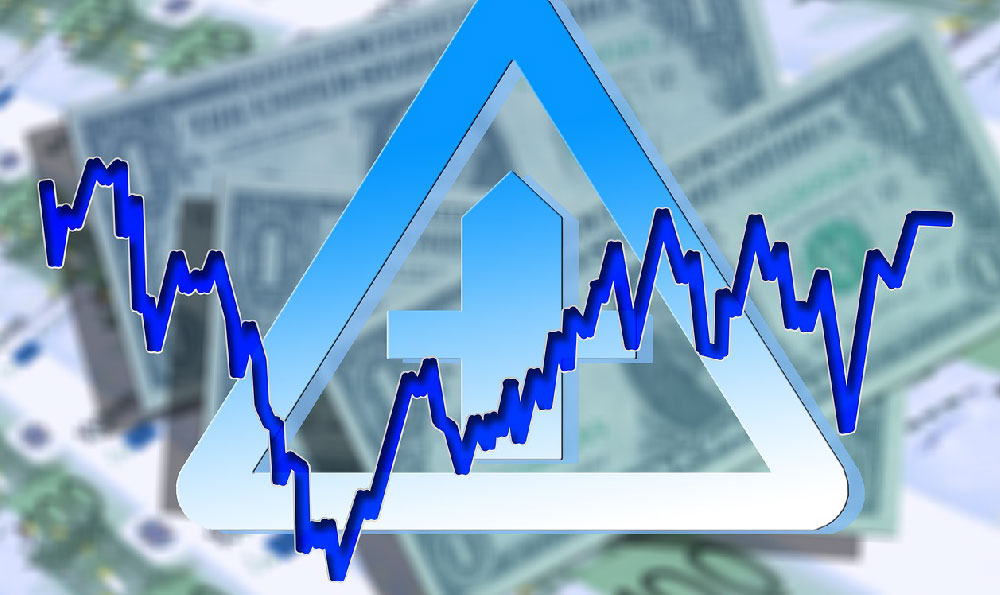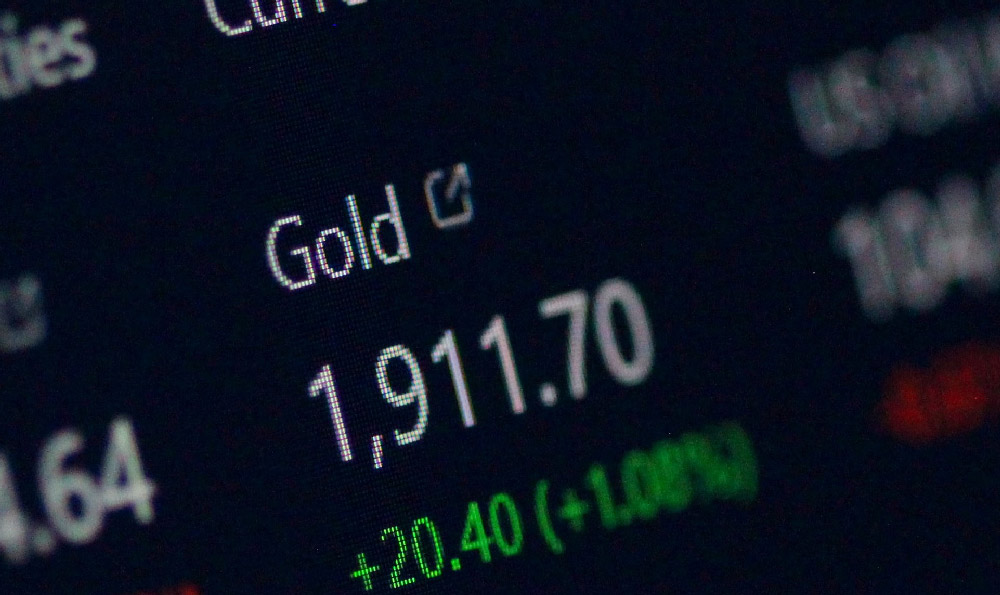Why Invest in Commodities? What Are the Risks?

Okay, I understand. Here's an article written according to your specifications, focusing on the reasons for investing in commodities and the associated risks.
Why should someone consider including commodities in their investment portfolio? Commodities, the raw materials that underpin our global economy, often seem distant from the average investor's radar. However, understanding their potential role in a diversified investment strategy is crucial. Investing in commodities can offer several compelling advantages, primarily related to diversification, inflation hedging, and potential for capital appreciation.
Diversification is perhaps the most cited reason for adding commodities to a portfolio. Traditional assets like stocks and bonds often move in tandem, particularly during times of economic stress. Commodities, on the other hand, can exhibit a low or even negative correlation with these assets. This stems from the fact that commodity prices are largely driven by supply and demand dynamics, geopolitical events, and weather patterns, factors often independent of the forces influencing the stock and bond markets. For example, a drought in a major agricultural region could send grain prices soaring, even if the stock market is struggling due to broader economic concerns. This inverse or uncorrelated movement can help to cushion a portfolio during market downturns, reducing overall volatility and potentially improving long-term returns. By diversifying across different asset classes, investors can reduce the risk of losing money during market downturns. A well-diversified portfolio will include commodities, stocks, bonds, and real estate, each responding differently to economic forces.

Another significant benefit of commodity investment is its potential as an inflation hedge. When inflation rises, the prices of goods and services increase. Since commodities are the building blocks of many of these goods and services, their prices tend to rise along with inflation. This is because increased demand and constrained supply often characterize inflationary periods, directly impacting commodity prices. For instance, rising energy prices, a common precursor to or symptom of inflation, directly impact the price of crude oil and natural gas. Similarly, increasing demand for metals in manufacturing during an economic boom can drive up the prices of copper and aluminum. Holding commodities in a portfolio can therefore act as a buffer against the erosion of purchasing power caused by inflation, preserving the real value of an investor's assets. Investors often seek refuge in commodities during periods of high inflation, viewing them as a store of value that maintains its purchasing power as other assets decline. Gold is particularly famous for its role as an inflation hedge.
Beyond diversification and inflation hedging, commodities also offer the potential for capital appreciation. The demand for certain commodities can surge due to various factors, including technological advancements, population growth, and changes in consumer preferences. For example, the increasing demand for lithium and cobalt in electric vehicle batteries has led to significant price increases for these metals. Similarly, growing demand for agricultural products from emerging markets with expanding middle classes can drive up prices for crops like soybeans and corn. Identifying and investing in commodities that are poised for increased demand can lead to substantial capital gains. Furthermore, supply disruptions caused by geopolitical instability, natural disasters, or regulatory changes can also trigger price spikes, creating opportunities for profit. Scarcity or unexpected disruptions in supply chains can push prices upward, benefiting investors who hold these commodities.
However, the allure of commodities should be tempered with a clear understanding of the inherent risks. Investing in commodities is not a risk-free endeavor, and potential investors should carefully consider these downsides before allocating capital.
One of the primary risks is price volatility. Commodity prices can be notoriously volatile, subject to sharp and unpredictable swings. This volatility is driven by a complex interplay of factors, including supply and demand imbalances, weather patterns, geopolitical events, and speculative trading. Unlike stocks, which are often valued based on future earnings potential, commodity prices are largely determined by current supply and demand dynamics. This makes them more susceptible to short-term fluctuations caused by unforeseen events. For example, an unexpected frost can devastate a crop yield, sending prices soaring, while a sudden increase in production can lead to a price collapse. Such volatility can be unnerving for investors and lead to significant losses if not managed carefully. The global nature of commodity markets exposes them to a wide array of risks, including political instability in producing regions and logistical challenges in transporting goods.
Another significant risk is the complexity of commodity markets. Unlike investing in stocks or bonds, which are relatively straightforward, investing in commodities often requires specialized knowledge and expertise. There are various ways to access commodity markets, including futures contracts, exchange-traded funds (ETFs), and commodity-linked equities. Each of these instruments has its own unique characteristics and risks. Futures contracts, for example, require margin deposits and can be subject to significant leverage, amplifying both potential gains and losses. Commodity ETFs can track commodity indices or hold physical commodities, but they may also be subject to tracking errors and management fees. Commodity-linked equities, such as mining companies or agricultural producers, are subject to both commodity price fluctuations and the specific risks associated with the underlying business. Investors need to understand the intricacies of each investment vehicle before committing capital. Understanding the specific nuances of each commodity market, whether it's oil, gold, or wheat, is crucial.
Furthermore, storage and transportation costs can be a significant factor, particularly when investing in physical commodities. Unlike stocks or bonds, which are purely digital assets, commodities like oil, grains, and metals require physical storage and transportation. These costs can eat into potential profits, especially for smaller investors. Additionally, the quality of commodities can vary, and ensuring that you are receiving the specified grade or standard can be challenging. Logistical challenges, such as transportation bottlenecks or storage limitations, can also impact prices and profitability.
Finally, ethical considerations are becoming increasingly important in commodity investment. The production and extraction of certain commodities, such as oil and minerals, can have significant environmental and social impacts. Investors should be aware of these issues and consider investing in companies and funds that adhere to sustainable and ethical practices. For example, investing in companies that prioritize responsible mining practices or promote sustainable agriculture can help to mitigate these risks. Furthermore, understanding the geopolitical implications of commodity investments is crucial, especially in regions with unstable governments or human rights concerns.
In conclusion, investing in commodities can offer valuable diversification, inflation hedging, and potential for capital appreciation. However, it is crucial to be aware of the inherent risks, including price volatility, market complexity, storage costs, and ethical considerations. Thorough research, careful planning, and a well-diversified portfolio are essential for successful commodity investment. Before venturing into this asset class, investors should seek professional advice and carefully assess their risk tolerance and investment goals. Only then can they determine whether commodities have a place in their overall investment strategy.















